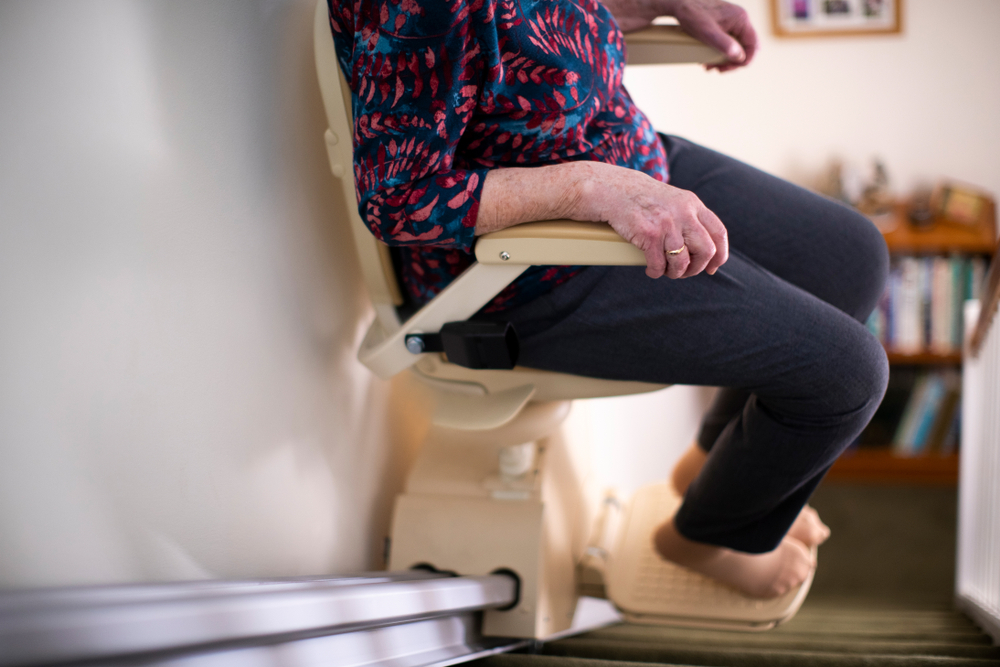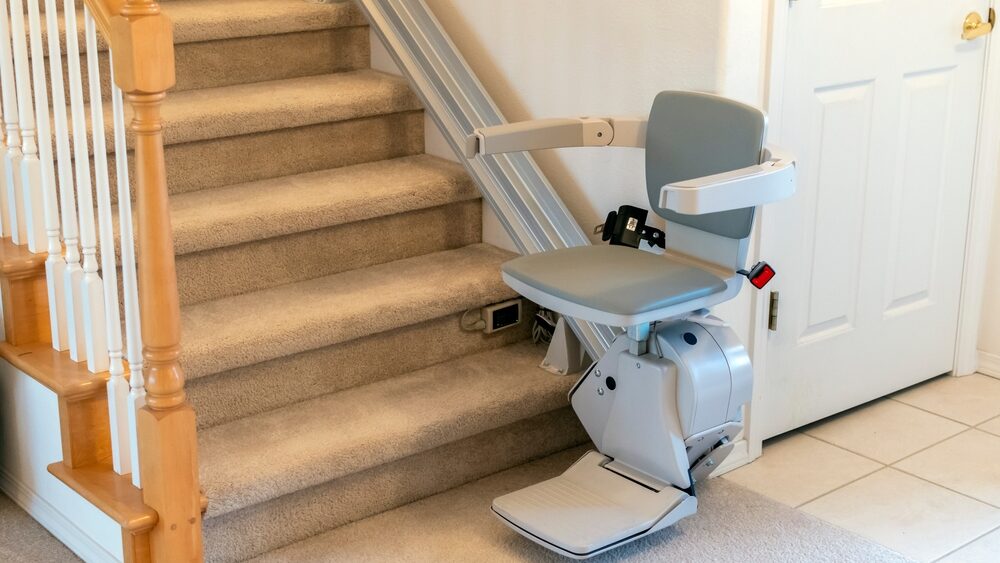How Does a Stairlift Work? The Complete Guide

A stair lift can be a life-changing investment for many people. The ability to safely move around in your own home again can have such a significant impact on your or your loved ones’ quality of life and give them back their independence.
You’ll likely have lots of questions, not least of all “How does a stairlift work?”! So, in this article, the experts at Senior Stairlifts will talk you through all the technical knowledge you need.
Keep reading to find out more, or get in touch with our stair lift experts today!
Table of Contents
How Do Stairlifts Work? The Mechanics of a Stairlift
A stairlift is a relatively simple piece of machinery, and the vast majority of stairlifts will work in the same way, regardless of the size of the stairlift, whether it’s straight or curved, or its make or model.
There are a few components to a stairlift that are essential to its working. These are the:
- Battery – The stairlift battery is located at the base of the stairlift, usually at the bottom of the stairs. Stairlift batteries are generally charged automatically when the stairlift is parked in its correct position, but they won’t charge if you turn off the power at the mains.
- Motor – The motor is the tech that converts battery power into movement for the stairlift. It’s usually found in the stairlift base and connects to both the battery and the gear.
- Gear – The gear connects to the motor, and transfers power into actual movement! The gear in most stairlifts is a track which goes all the way up and down the stairlift and physically moves the seat up and down.
- Track – The track of the stairlift houses the gear, and goes all the way up the staircase. Stairlift tracks can be curved or straight and generally move around the edge of the stairlift.
- Seat – The stairlift seat needs little explanation. The seat is securely attached to the gear and track to safely and comfortably lift a passenger up the stairs!
These components work in harmony together to help provide a safe, simple user experience and improved accessibility in your home.
Do Stairlifts Use a Battery or Mains Power?
The short answer to this question is, both!
A battery powers the actual stairlift, but that battery is rechargeable and is powered by the mains.
Most stairlifts can store 15-20 journeys in the battery, so even if there is a power cut, you’ll still be able to use your stairlift, as long as it’s been plugged into the mains beforehand. You shouldn’t turn off the mains power day to day though, as this may start to deplete the battery unnecessarily.
Stairlift batteries are long-lasting, powerful, and safe, but they won’t last forever. `If your stairlift starts to run more slowly than usual, stops and starts, or slows down as it makes its journey, this may be an indicator your batteries need changing.

Are Stairlifts Safe?
Yes, stairlifts are very safe.
The main function of a stairlift is to help improve safety by reducing the risk of trips and falls, and they prevent far more accidents than they could cause.
One common safety misconception around stairlifts is that they are attached to the wall, and can tip over if your walls aren’t made of strong enough material. This is completely false! Stairlifts are attached to your stairs, not the wall, so there is no risk of tipping or detaching from the wall.
Many other features are commonly found on stairlifts to help improve your safety and ensure a hitch-free ride!
Common Stairlift Safety Features
Seatbelts
Seatbelts can come in all manner of figurations to help keep you secure as you use the stairlift. The most common type of seat belt is a lap belt, but crossbody and harness seat belts are also popular, depending on your accessibility needs.
Swivel Chairs
The step-down can be difficult and potentially dangerous for individuals with mobility issues, particularly at the top of staircases. Swivel chairs help to reduce risk in this area by removing the need for you to step down. Instead, the chair faces your landing so all you need to do is lower yourself into the seat before swivelling to travel down the staircase. Power-assisted swivel chairs can even automatically swivel, reducing the need for the user to move the chair themselves.
Safety Sensors
Most stairlifts will also have highly accurate and sensitive safety sensors, so they will stop before colliding with anything on the staircase.
Working with Senior Stairlifts
At Senior Stairlifts, our team have extensive experience helping our customers understand how a stairlift works, and choosing the right model for your accessibility needs.
To learn more, please don’t hesitate to get in touch with our expert team on 0800 995 6019!